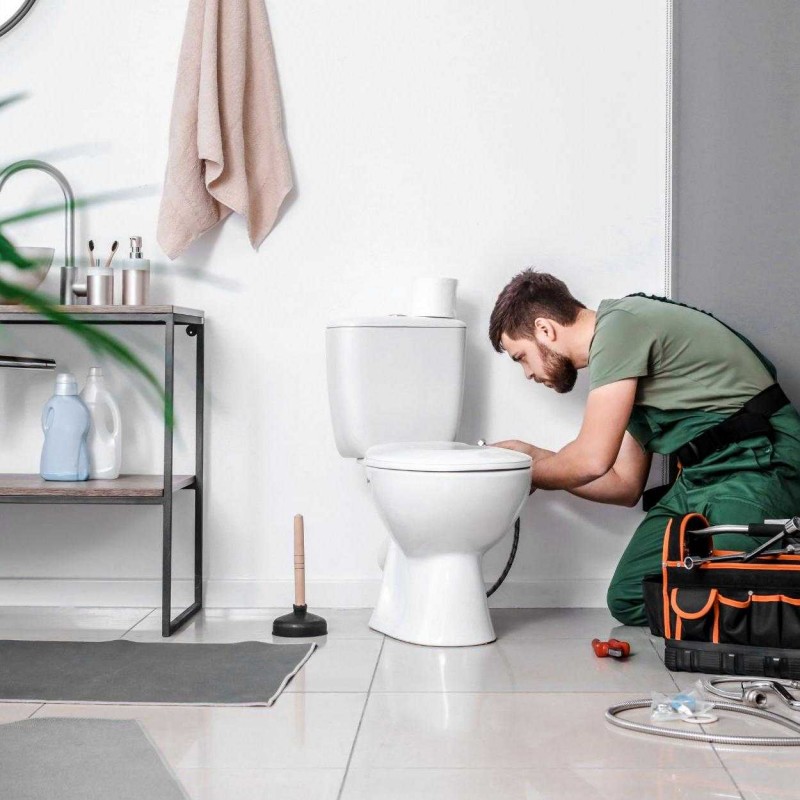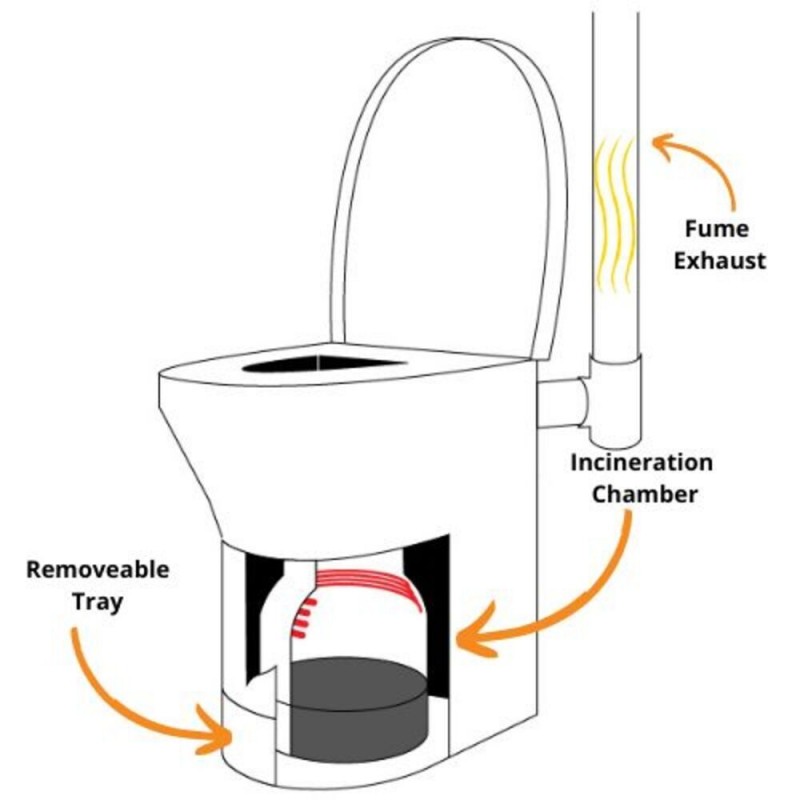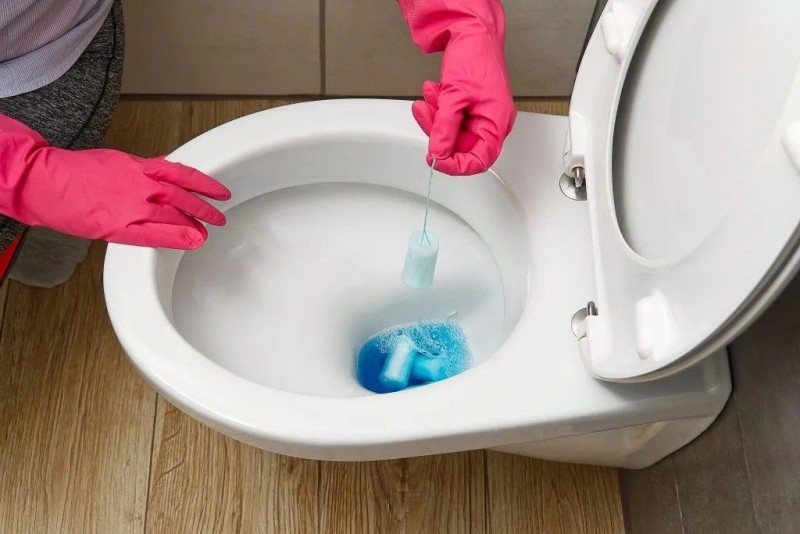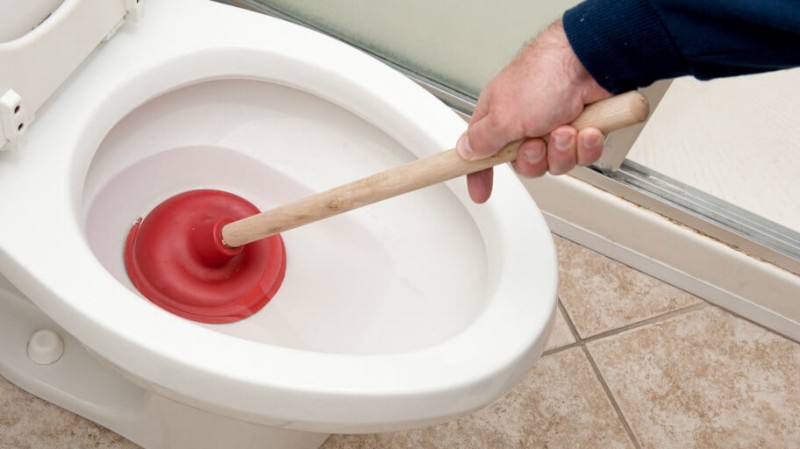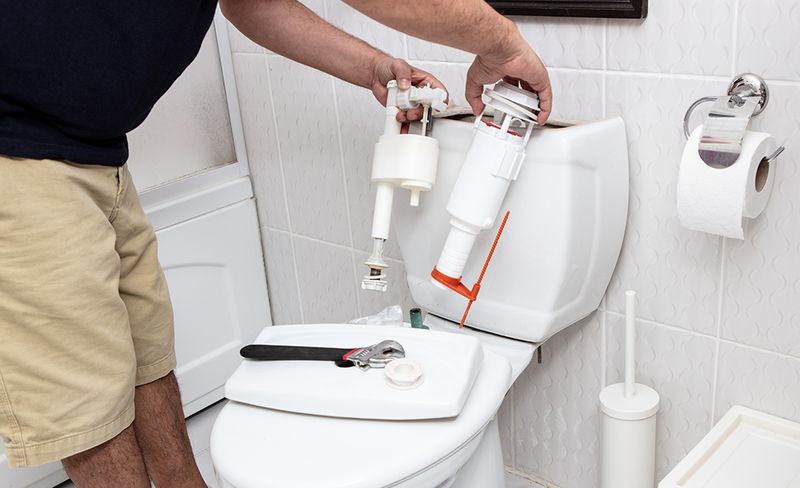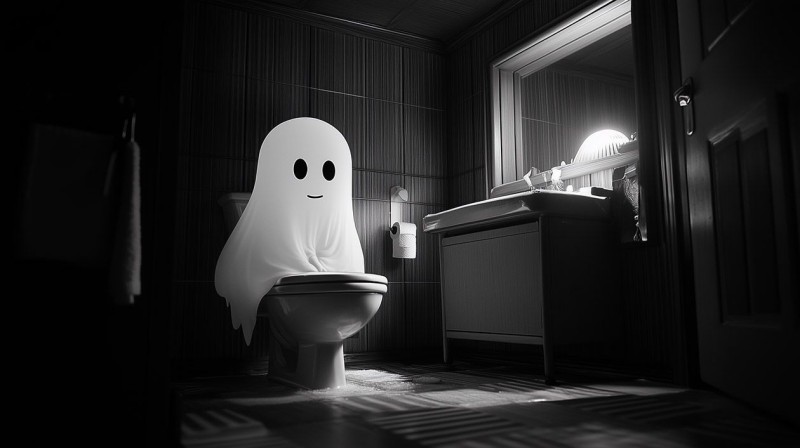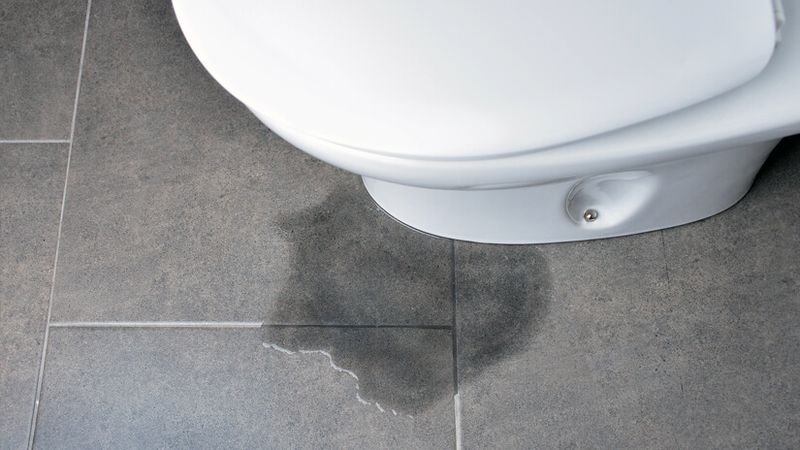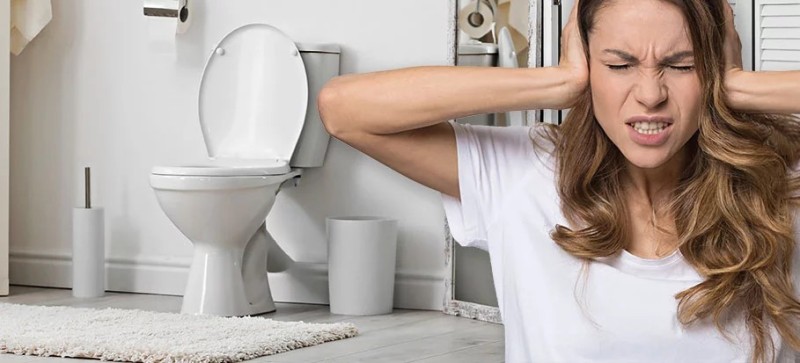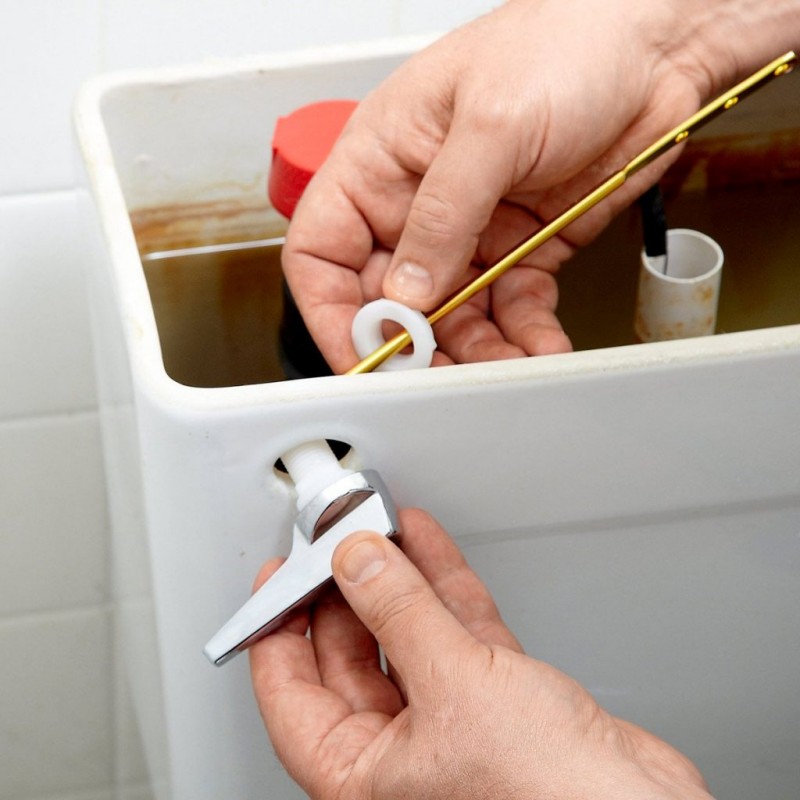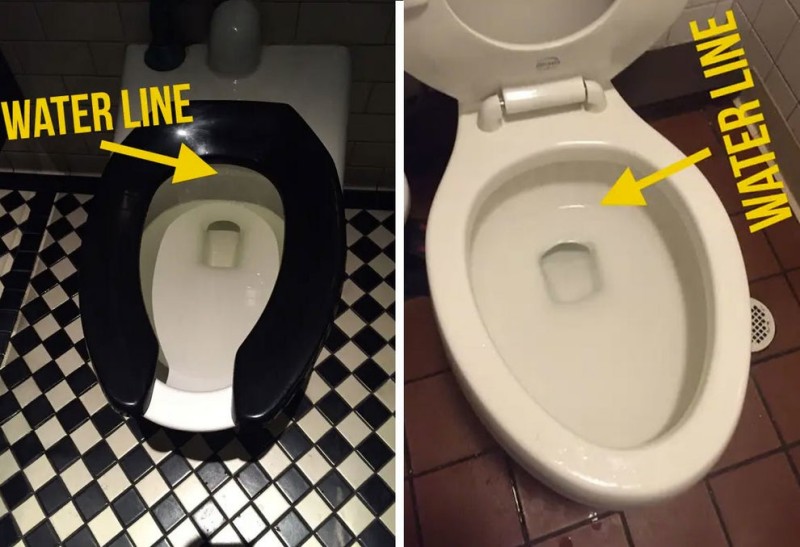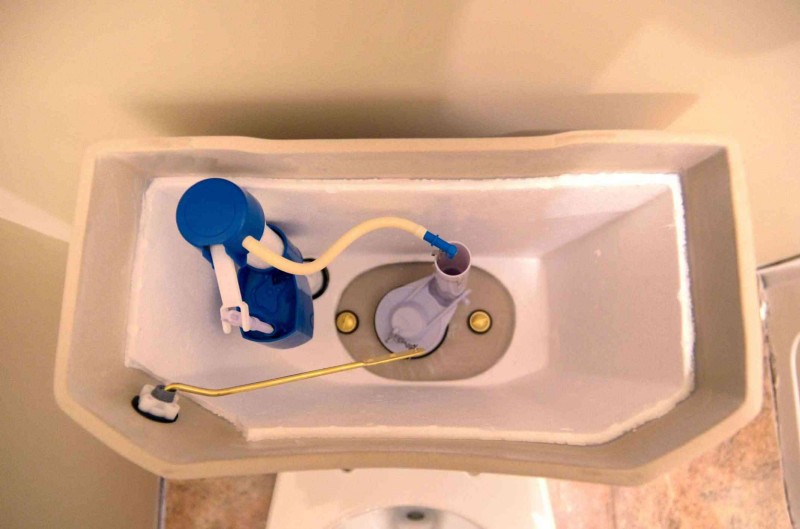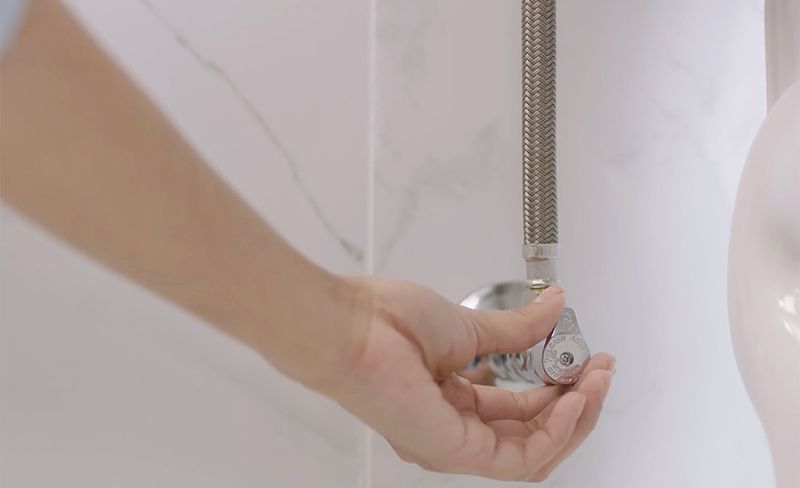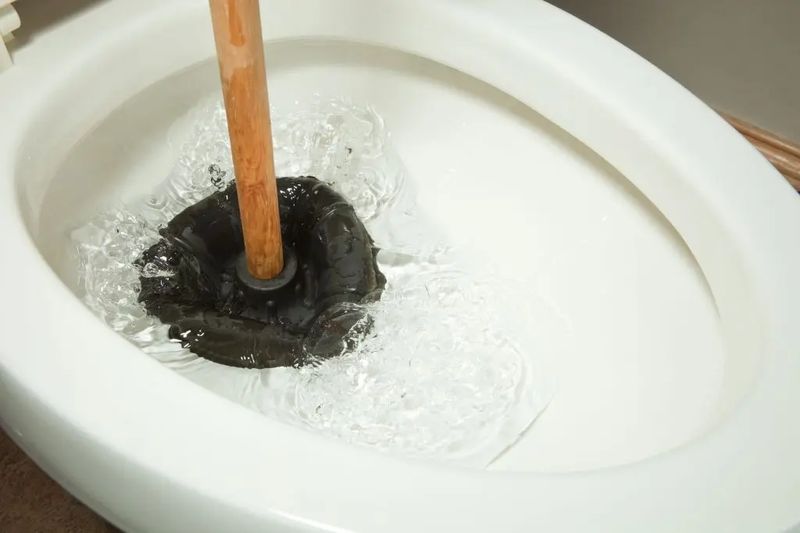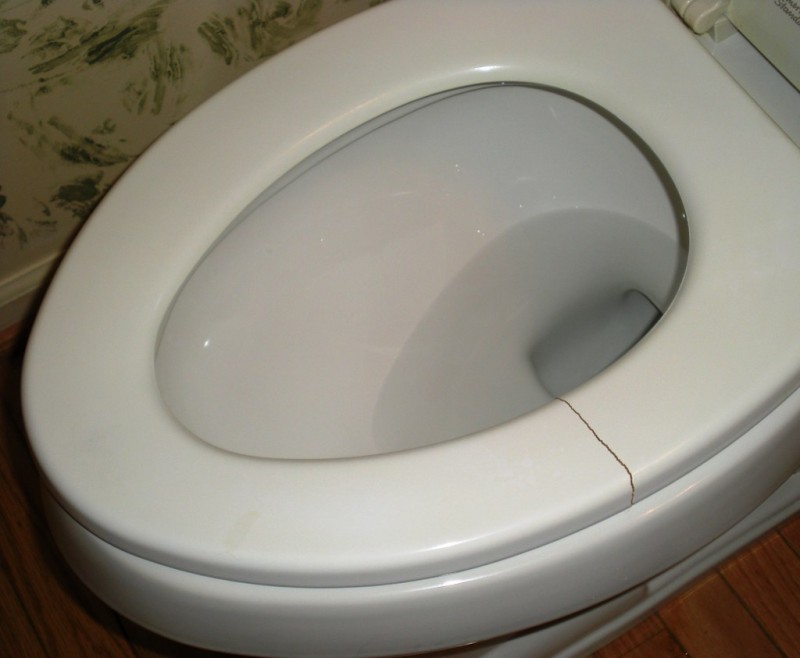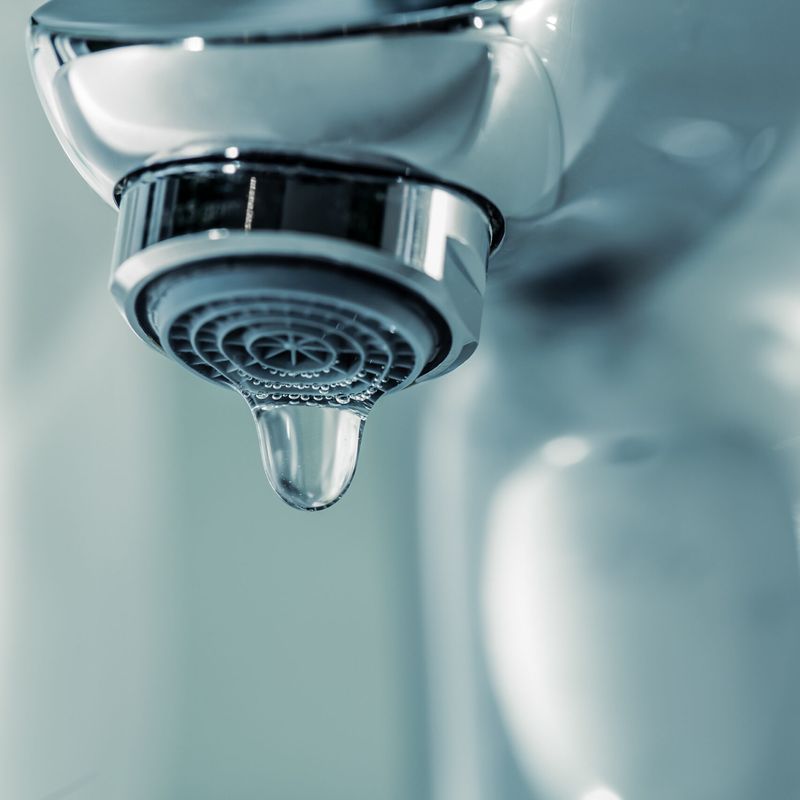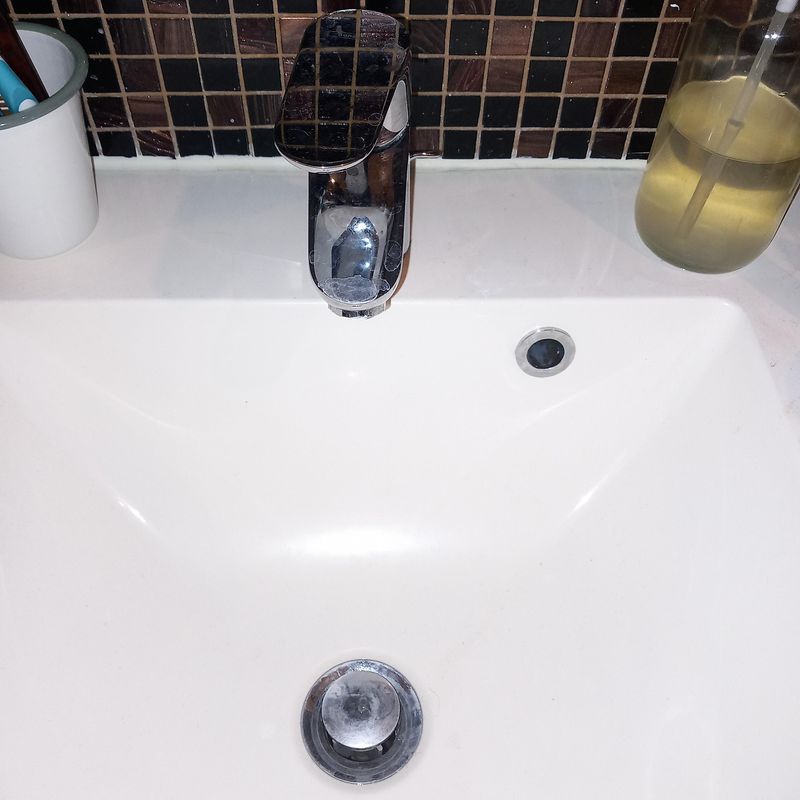 English
English
Jabra Sanitary is a sanitaryware supplier offering toilets, sinks, faucets, bathtubs, etc., at competitive prices. If you're a distributor, wholesaler, or project contractor, get a quote today!
 $23.9 Limited-time Offer
$23.9 Limited-time Offer Consignment Policy
Consignment Policy 20 Years of Experience
20 Years of Experience
Dealing with toilet issues is frustrating —especially when they result in water wastage, leaks, or interruptions in your home's plumbing! Luckily, many common toilet problems, like the toilet not filling up with water or toilet flush problems, can be easy to fix.
In this guide, we'll explore common toilet problems, understand their causes along with solutions. Learning a few basics can help you save money and avoid frequent calls to the plumber for toilet repair.
Table of Contents
Understanding Toilet Components and How They Work
Common Toilet Problems
How to Identify Common Toilet Problems
Can I Fix My Toilet Myself?
When Should I Call a Plumber?
When Is It Time to Replace an Old Toilet?
How to Prevent Toilet Issues
FAQs
Conclusion
Understanding Toilet Components and How They Work
To effectively troubleshoot toilet problems, it's essential to understand the main components and how they operate.
Key parts of a toilet include the flush valve, fill valve, flapper, handle, and overflow tube.
`Here's how each one functions:
- Flush Valve: Releases water from the tank to the bowl when you flush, critical for preventing toilet flush problems.
- Fill Valve: Refills the tank with water after flushing, which is essential to address if the toilet tank is not filling with water.
- Flapper: A rubber seal that lifts to allow water to flow from the tank into the bowl, and a common point of failure in cases where the toilet won't stop running.
- Handle: Connected to the flapper through a chain, initiating the flush when pressed.
- Overflow Tube: Prevents tank overflow by diverting excess water to the bowl. If water is leaking from the bottom of the toilet, it may be due to overflow tube or fill valve issues.
Common Toilet Problems
Toilets are essential fixtures in any home, but they're also prone to common issues that can disrupt daily routines.
From a running toilet that wastes water to a toilet bowl that won't fill properly, these problems can be frustrating and costly if left unaddressed. Common toilet problems often stem from worn-out parts, clogs, or improper water levels.
Fortunately, with a basic understanding of how a toilet works, many issues can be fixed with simple DIY solutions, saving you the expense of frequent plumbing services.
Here, we cover some of the most common toilet problems and their straightforward solutions.
Slow Flushing Toilet
Problem:
A slow-flushing toilet typically occurs when water drains slowly or doesn't fully empty the bowl during a flush. This issue can often be traced back to partial clogs or mineral buildup in the toilet's internal components, leading to common toilet issues like slow drainage or low water flow.
Solution:
- Clear Clogs: Use a plunger to try and clear any blockages in the trapway. If a plunger doesn't work, a toilet auger can help reach deeper clogs, reducing the need for a plumber for toilet repair.
- Clean Rim Holes: Mineral deposits can form around the rim holes, reducing water flow. Use a brush or wire to clean the holes and restore flow.
- Adjust Tank Water Level: Ensure the water level in the tank is set correctly for optimal flush power, especially if the toilet bowl not filling all the way is a problem. Adjust the float or fill valve as needed to fix WC performance.
Toilet Not Flushing Completely
Problem:
Sometimes, the toilet may not flush all waste in a single flush. This can result from an improper water level, a worn-out flapper, or mineral buildup in the jets, causing toilet flush problems.
Solution:
- Adjust Water Level: Check if the water in the tank reaches the recommended level, typically indicated inside the tank. Adjust the fill valve or float to increase the water level as necessary.
- Replace or Clean the Flapper: A damaged or worn-out flapper can prevent a full flush. If cleaning doesn't help, replace it to ensure a complete seal.
- Inspect Rim Holes and Siphon Jet: Over time, mineral buildup can block these areas, weakening the flush and leading to partial flushes. Use a wire or specialized cleaner to clear any obstructions.
Toilet Won't Stop Running
Problem:
When your toilet won't stop running, it's often due to a faulty flapper, improper float level, or issues with the fill tube. A running toilet not only creates noise but can also significantly increase your water bill.
Solution:
- Replace the Flapper: A worn or misaligned flapper is a common cause of running toilets. Inspect the flapper for wear and ensure it properly seals the flush valve. If it's damaged, replace it with a new one to solve running toilet issues.
- Adjust the Fill Valve or Float: If the water level is set too high, water may constantly leak into the overflow tube. Adjust the float to lower the water level, ensuring it's just below the top of the overflow tube.
- Inspect the Fill Tube: Ensure the fill tube is properly connected and inserted into the overflow tube. Reposition or replace the fill tube if it appears damaged or disconnected, especially if the toilet tank won't hold water properly.
Ghost Flushing or Toilet Flushing By Itself
Problem:
If your toilet flushes without anyone pressing the handle, it may be due to a slow leak from the tank into the bowl, often caused by a worn-out flapper or flush valve seal. This issue contributes to common toilet problems and can lead to water waste.
Solution:
- Replace the Flapper: A degraded or cracked flapper can let water leak slowly, leading to “ghost flushing.” Replace the flapper with a new one that fits securely over the flush valve.
- Check the Flush Valve Seal: The flush valve seal can also wear out and leak. Inspect it for damage, and if needed, replace it along with the flapper for a more comprehensive fix.
- Inspect for Tank Leaks: Add a few drops of food coloring to the tank water and wait 10-15 minutes. If colored water appears in the bowl without flushing, you likely have a leak that requires repair.
Toilet Leaking Water After Flushing
Problem:
Water leaking from the toilet tank or bowl after a flush can damage your bathroom floor and increase your water bill. Leaks typically occur from loose connections, worn gaskets, or damaged components, causing water to leak from the bottom of the toilet.
Solution:
- Tighten Tank Bolts: Use a wrench to tighten the bolts securing the tank to the bowl. Ensure you don't overtighten, as this can crack the porcelain.
- Replace the Flush Valve Gasket: If water leaks from around the flush valve, the gasket may be worn. Replace it to create a tighter seal and prevent leaks.
- Check and Adjust the Fill Valve: Inspect the fill valve for leaks and replace it if it appears damaged. Ensure all connections are watertight to prevent leaking.
The Toilet Seat Is Noisy
Problem:
A noisy toilet seat can be annoying, especially if it slams shut or shifts when you sit on it. This issue is typically due to loose screws, worn bumpers, or the absence of a soft-close feature.
Solution:
- Tighten Seat Screws: Use a screwdriver to tighten any loose screws attaching the seat to the toilet. Check both the seat and lid screws to prevent shifting.
- Install Soft-Close Hinges: If you want a quieter toilet seat, consider upgrading to a soft-close model. These hinges prevent slamming by allowing the seat to close slowly.
- Replace Damaged Bumpers: Worn rubber bumpers can lead to noise and seat instability. Replace bumpers on the underside of the seat to improve stability and reduce noise.
The Toilet Handle Is Stuck or Loose
Problem:
A stuck or loose toilet handle can interfere with flushing and lead to incomplete flushes. This issue is often due to a worn-out handle, loose nuts, or a broken lift chain.
Solution:
- Tighten the Mounting Nut: The nut securing the handle can become loose over time. Tighten it to ensure the handle is stable. Be careful not to overtighten, as it could damage the porcelain.
- Lubricate the Handle Mechanism: If the handle sticks, apply a small amount of lubricant to the mechanism. This can free up any stiffness and ensure smooth operation.
- Replace a Broken Handle: If the handle is cracked or corroded, replace it with a new one that matches your toilet model for optimal fit and functionality.
Water Level is Too High or Too Low
Problem:
If the water level in your toilet tank or bowl is too high or too low, it can affect flushing power and efficiency. Incorrect water levels often result from a misadjusted fill valve or issues with the float mechanism, especially when water is not flowing into the toilet tank properly.
Solution:
- Adjust the Fill Valve: Adjust the fill valve or float mechanism to reach the correct water level, typically marked inside the tank. This ensures the toilet flushes effectively without overflowing.
- Replace a Faulty Fill Valve: If water level adjustments don't solve the problem, the fill valve might be worn out. Replace it to maintain proper water levels in the tank and bowl.
- Check the Overflow Tube: Ensure the overflow tube isn't set too low or too high, as this affects the water level. Adjust or replace it as needed to prevent overflows or weak flushes.
No Water in the Toilet Tank
Problem:
If your toilet tank remains empty even after flushing, it's likely due to an issue with the water supply, a malfunctioning fill valve, or a closed shut-off valve. Without water in the tank, the toilet won't flush properly, as no water is in the toilet tank to fill the bowl.
Solution:
- Check the Water Supply Line: Ensure the water supply line is not kinked, blocked, or turned off. Open the shut-off valve completely to allow water to flow into the tank.
- Replace the Fill Valve: If the fill valve isn't working properly, replace it to restore water flow into the tank. This component is essential for refilling the tank after each flush, especially if there's no water in the toilet tank.
- Inspect the Float: If the float is stuck or set too low, it may prevent the tank from filling. Adjust or replace the float to ensure the tank fills to the desired level.
The Toilet is Overflowing or Clogged
Problem:
An overflowing or clogged toilet can be messy and frustrating. This issue often occurs when too much toilet paper or inappropriate items are flushed, causing a blockage in the pipes or the trapway. If the toilet won't refill or the toilet tank is not filling with water properly, it can contribute to clogging issues.
Solution:
- Use a Plunger: A plunger is usually effective for clearing clogs near the bowl. Ensure you use a strong seal to push air through and clear the blockage, especially when wondering what to do when the toilet is overflowing.
- Try a Plumbing Snake: If a plunger doesn't work, use a plumbing snake or auger to break up stubborn clogs further down the drain. This tool can reach deeper blockages that a plunger can't.
- Avoid Flushing Problematic Items: Prevent future clogs by avoiding the flushing of items such as wipes, cotton balls, and excessive toilet paper. Stick to only flushing waste and toilet paper.
The Toilet Seat is Cracked or Wobbly
Problem:
A cracked or wobbly toilet seat can be uncomfortable and unsafe. This problem often arises from worn-out screws or a damaged seat, requiring either tightening or replacement.
Solution:
- Tighten the Seat Bolts: Use a screwdriver or wrench to tighten the bolts securing the seat to the toilet. This can eliminate wobbling and improve stability.
- Replace the Seat: If the seat is cracked or damaged beyond repair, replacing it with a new one is a straightforward solution. Make sure to measure for the correct fit before purchasing.
- Use Adjustable Toilet Seat Bolts: Adjustable bolts can provide a better fit and reduce wobbling. They can also be an excellent choice for custom-fit seats.
How to Identify Common Toilet Problems
Recognizing common toilet issues can save time and prevent water waste. Pay attention to any unusual sounds, visible water leaks, or improper water levels.
Here are some simple steps to identify problems:
- Listen for Running Water: If you hear water running long after flushing, the flapper or fill valve may be faulty, leading to common toilet tank problems.
- Check Water Levels: Low or high water levels in the tank or bowl indicate a fill valve or float issue, often leading to incomplete flushing or ghost flushing.
- Look for Leaks: Place a few drops of food coloring in the tank and wait 10-15 minutes. If color appears in the bowl, you likely have a flapper or flush valve leak.
Can I Fix My Toilet Myself?
Many toilet problems are simple to fix, and DIY repairs can save money.
With a few basic tools and an understanding of the issue, homeowners can tackle common problems like a running toilet, a clogged bowl, or a loose handle. However, some issues require a plumber's expertise.
Basic DIY Toilet Repairs:
- Running Toilets: Replacing a flapper or adjusting the fill valve is usually straightforward.
- Clogged Toilets: Using a plunger or auger can often resolve clogging issues.
- Loose Parts: Tightening bolts or screws on handles and seats requires minimal effort.
For more complex issues like tank leaks, frequent ghost flushing, or problems with the main water line, it's best to consult a plumber.
When Should I Call a Plumber?
Some toilet issues require professional help, particularly when they involve internal or extensive plumbing.
Here are a few signs that it may be time to call a plumber:
- Frequent Leaks: If the toilet constantly leaks or requires frequent repairs, a plumber can diagnose underlying issues.
- Persistent Clogs: Multiple clogs often point to problems in the main sewer line, which a plumber can address.
- Older Toilet Issues: Toilets over 15 years old often benefit from replacement rather than frequent repairs.
When Is It Time to Replace an Old Toilet?
Knowing when to replace an old toilet can save money in the long run. Here are some indicators that replacement is a better option than repair:
- Age: Toilets older than 15-20 years often have outdated parts and lower efficiency. Newer models use less water and offer improved performance.
- Frequent Repairs: If your toilet constantly needs repairs, replacement is usually more cost-effective.
- Visible Damage: Cracks, rust, or damage in the bowl or tank signal it's time for a new toilet.
How to Prevent Toilet Issues
Regular maintenance and mindful habits can prevent many common toilet problems like water not filling the toilet tank or a running toilet. Here are a few tips:
- Avoid Flushing Non-Flushable Items: Only flush waste and toilet paper. Avoid wipes, cotton balls, and other items that can cause clogs.
- Perform Regular Inspections: Periodically check the flapper, fill valve, and water level to catch issues early.
- Use a Mild Cleaner: Clean the toilet bowl and tank with a non-corrosive cleaner to prevent mineral buildup.
FAQs
Why won't my toilet flush properly?
Common causes of poor flushing include a low water level, a worn-out flapper, or mineral buildup in the rim holes. Adjusting the water level, replacing the flapper, or cleaning the rim holes can often solve this issue.
How do I know if my toilet is clogged?
Signs of a clogged toilet include slow-draining water, water rising in the bowl, and the need to flush multiple times. Using a plunger or auger can usually clear clogs effectively.
Can a running toilet increase my water bill?
Yes, a running toilet continuously uses water, which can lead to significantly higher bills. Fixing a running toilet can help reduce water waste and lower your bill.
How can I remove stubborn stains from my toilet bowl?
For tough stains, use a specialized toilet bowl cleaner or a mix of baking soda and vinegar to clean the toilet. Scrub with a toilet brush, and let the cleaner sit for a few minutes before rinsing.
What is a common problem with toilet tanks?
One of the most common problems with toilet tanks is a running toilet caused by a faulty flapper or fill valve.
Another frequent issue is the water level being too low or too high, which can prevent proper flushing. Adjusting or replacing the fill valve can typically resolve these issues.
Conclusion
Understanding common toilet problems and how to fix them can save you time, money, and water. Many minor issues, such as a running toilet or clogged bowl, can be fixed with basic tools and minimal experience.
However, don't hesitate to call a plumber for persistent or complex issues, as professional help ensures long-lasting solutions.
By following maintenance tips and recognizing when to repair or replace your toilet, you can keep it functioning efficiently for years to come.







